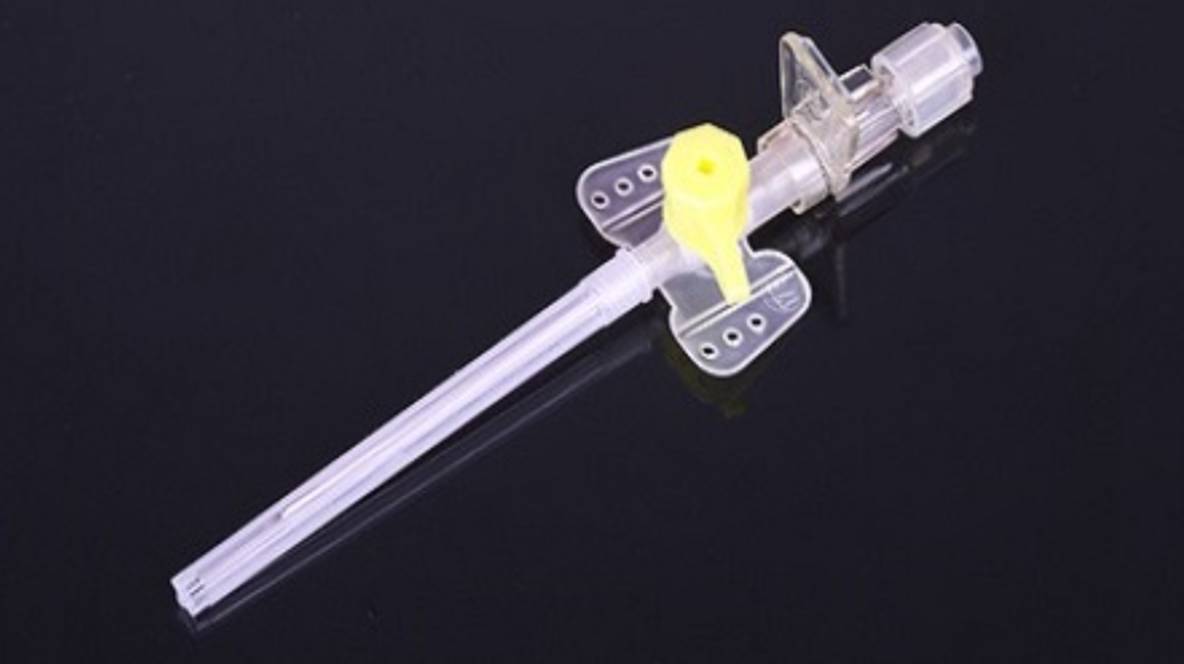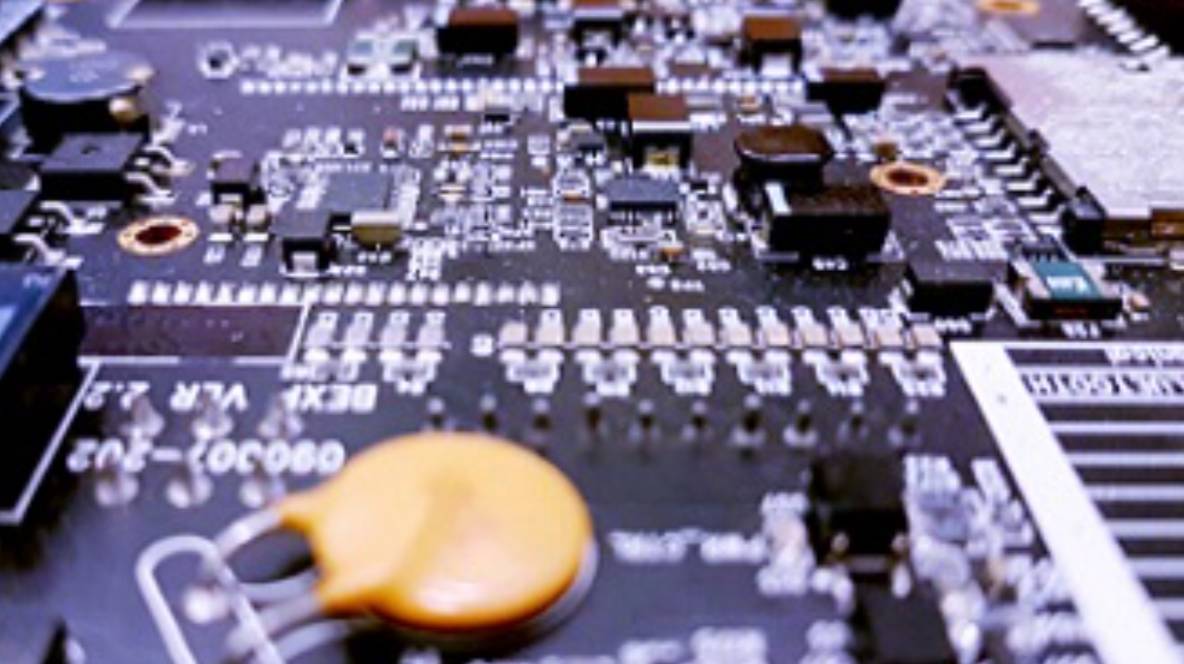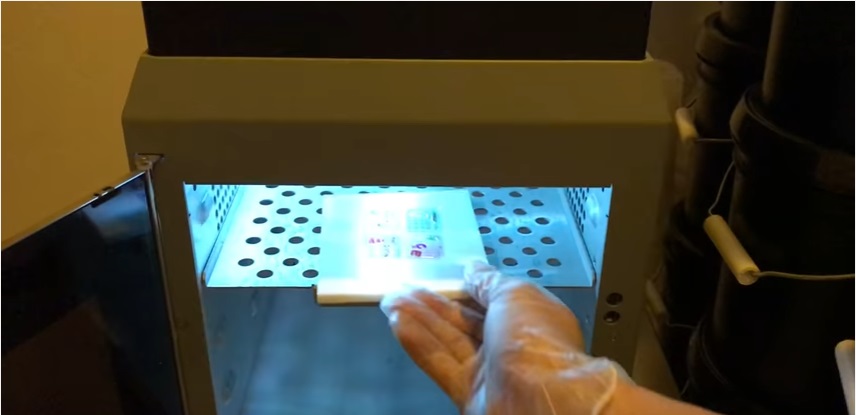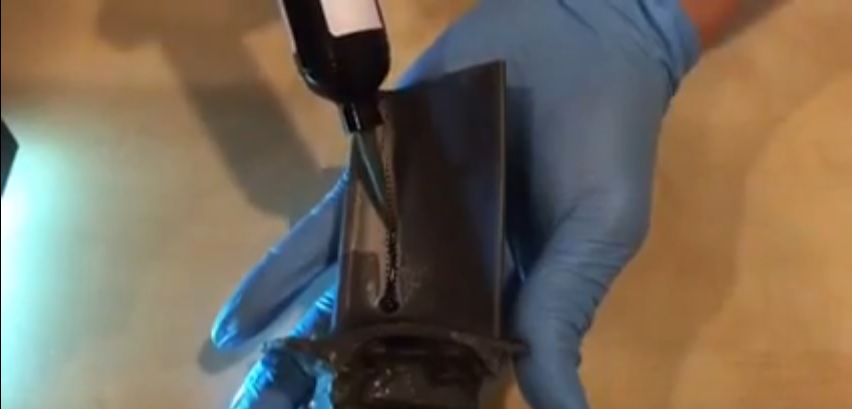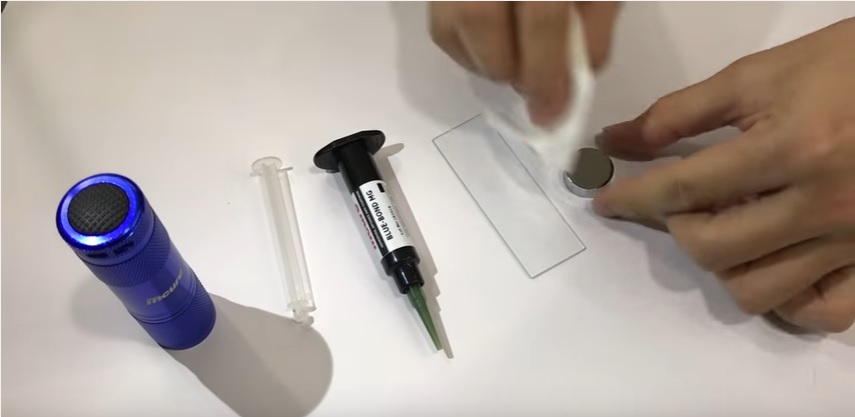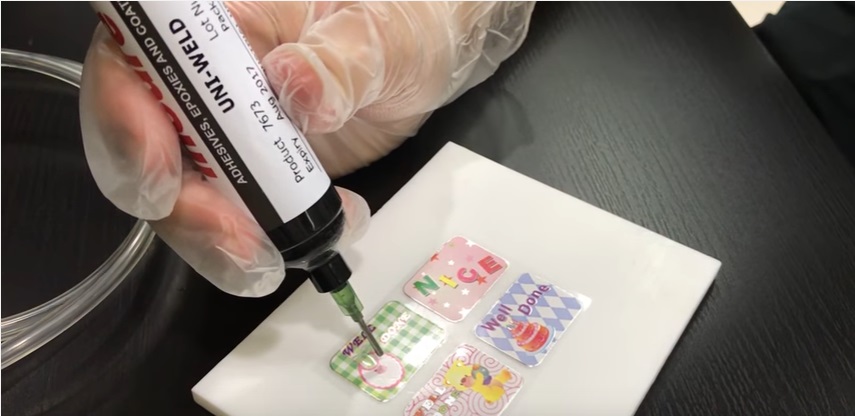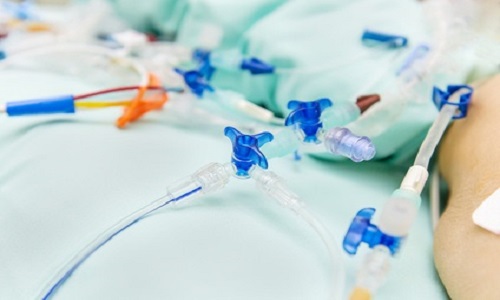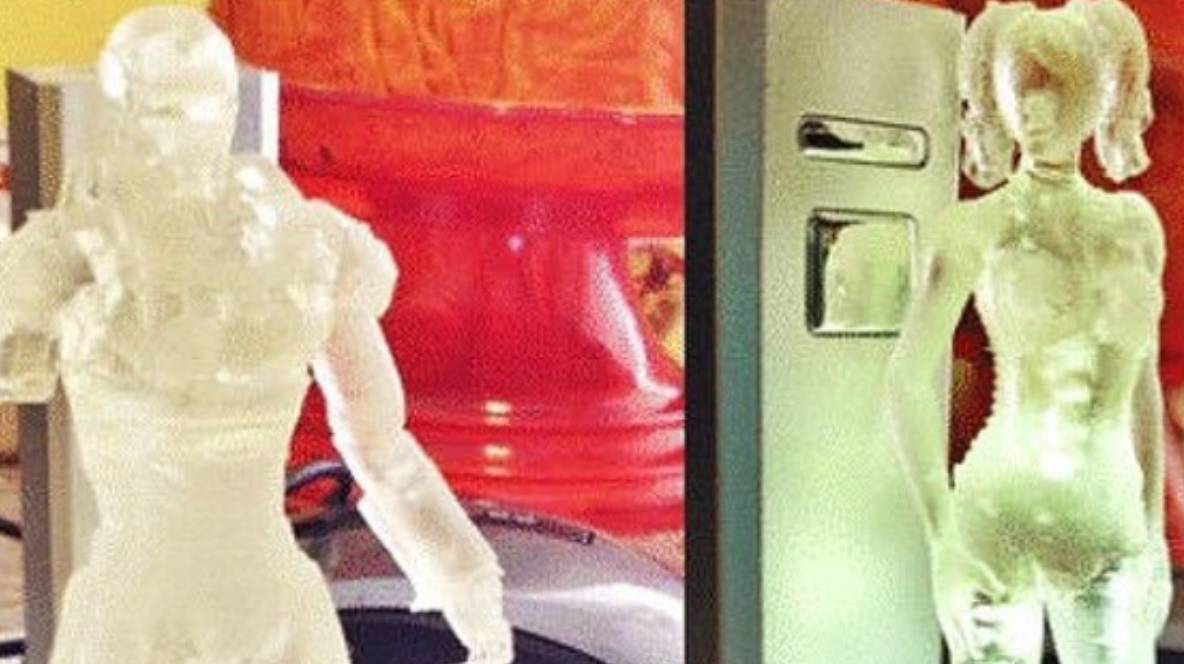Mastering Precision Assembly: A Guide to UV Cure Potting Compounds
In the realm of electronics, delicate components often require robust protection and secure bonding. UV cure potting compounds emerge as a game-changer, offering a unique combination of rapid curing, exceptional protection, and precise application for various assembly needs. Let’s explore the advantages, diverse applications, and key factors to consider when choosing the perfect UV cure potting compound for your project.
Advantages of UV Cure Potting Compounds:
- Rapid UV Curing: Unlike traditional epoxies that require long curing times, UV cure potting compounds solidify rapidly upon exposure to ultraviolet light, significantly accelerating the assembly process.
- Crystal Clear Clarity: Many UV cure potting compounds offer exceptional transparency, allowing for easy component visibility and inspection after curing.
- Superior Protection: These compounds form a tough, protective barrier around delicate components, safeguarding them from environmental hazards like moisture, dust, vibration, and even minor impacts.
- Excellent Electrical Insulation: UV cure potting compounds possess excellent dielectric properties, ensuring electrical insulation and preventing short circuits within the assembly.
- Precise Application: The controlled application process using syringes or dispensers minimizes mess and allows for targeted application around specific components.
Applications of UV Cure Potting Compounds:
- Printed Circuit Board (PCB) Encapsulation: UV cure potting compounds are widely used to encapsulate and protect delicate components on PCBs, ensuring their longevity and functionality.
- LED Module Assembly: The precise application and rapid curing properties make UV cure compounds ideal for potting and protecting LED modules in various lighting applications.
- Sensor Protection: Delicate sensors used in electronics often benefit from the exceptional protection and environmental sealing offered by UV cure potting.
- Transformer Encapsulation: UV cure potting compounds effectively protect transformers from moisture, dust, and vibration, ensuring their optimal performance.
- Coil Encapsulation: Coils in electronic devices can be effectively protected and insulated using UV cure potting compounds.
Choosing the Right UV Cure Potting Compound:
Selecting the most suitable UV cure potting compound requires careful consideration of several factors:
- Viscosity: Choose a viscosity that allows for easy application and flow around your components, considering needle size and dispensing equipment.
- Clarity: Opt for a clear compound if component visibility after curing is critical for inspection or troubleshooting purposes.
- Cure Time: Select a cure time that aligns with your production workflow and assembly line speed. Exposure time to UV light sources will also influence cure speed.
- Fluorescence Properties: Certain UV cure potting compounds exhibit fluorescence, which can be beneficial for visual inspection or counterfeit prevention.
- Thermal Properties: Consider the operating temperature range of your components and choose a potting compound with suitable thermal resistance to avoid degradation.
Conclusion:
UV cure potting compounds offer a compelling solution for electronics manufacturers seeking a fast, precise, and reliable method to protect and secure delicate components. By understanding the advantages, diverse applications, and key selection criteria, you can choose the ideal UV cure potting compound to elevate your assembly processes, ensure exceptional component protection, and achieve optimal performance in your electronic devices.
Incure Uni-Weld™ Series Core Products
Incure Uni-Weld™ 6213HT: Durable epoxy-acrylate potting compound for electronics. UV/heat-curable, low-shrinkage, and water-resistant. Ideal for protecting against harsh environments.
Incure Uni-Weld™ 3393: Durable, low-water absorption sealant for electronics. Offers a reliable, peelable seal with excellent elongation. Perfect for automotive and electronics industries requiring precise sealing.
Incure Uni-Weld™ 6213: Cost-effective, low-viscosity potting compound for electronics. Offers exceptional protection against moisture, chemicals, and vapors. Ultra-low shrinkage and water absorption.
Incure Uni-Weld™ 6322: High-performance, low-viscosity sealant with exceptional memory retention. Provides a secure, air-tight seal while maintaining flexibility. Available in multiple colors.
Package Size: 10 ml syringe / 30 ml syringe / 30 ml squeeze bottle / 100 ml squeeze bottle / 250 ml squeeze bottle / 1 kg Bottle / 1 Gallon Pail / 2 Gallon Pail / 5 Gallon Pail
Secure and Protect your sensitive components with UV Cure Potting Compounds. Incure Fast-Curing Formulas provide Excellent Environmental Protection and Shock Resistance for Reliable Performance in Demanding Applications. Shop Online now or visit www.incurelab.com to explore solutions. Still unsure? Contact Us for recommendations!
